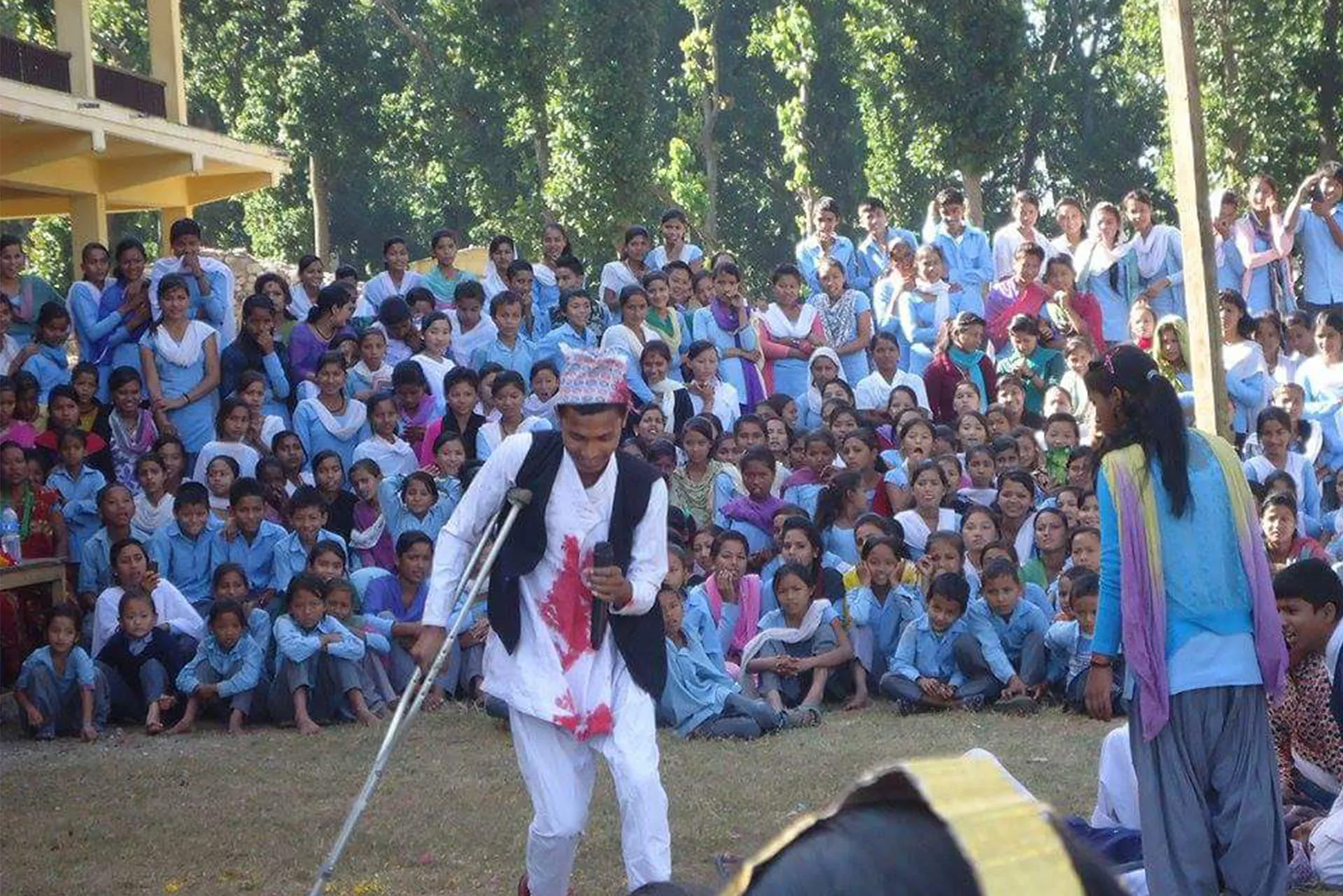Our Challenges
In Nepal, the circumstances of children’s births predict the
opportunities they’ll have in life. Children growing up in
historically marginalized and disenfranchised communities lack
access to a broad spectrum of resources they need to thrive. The
obstacles they face-poverty, discrimination, trauma, and school
systems that do not provide them with the education they need—are
overwhelming.
• Education is a fundamental human right. All children should get to
enjoy their right to a quality education. They deserve education
from early learning opportunities that lay the groundwork for
success in school to all the way through secondary school.
• Over the last 20 years, Nepal has made significant progress in
education. The net enrolment rate in primary schools has risen to 97
per cent. However, the country still has many challenges to tackle.
Issues that persist in education include poor quality and inequity
in access, geographical remoteness, gender, socioeconomic and ethnic
differences, and political instability and bureaucracy. Key barriers
to enrolment and attendance include poverty, social exclusion,
disability, migration, child labor, social norms and gender bias.
• 770,000 children aged 5-12 years are still out of school.
• Only a half of students in grades 3, 5 and 8 meet the academic
achievement criteria for Nepali and mathematics.
• Attendance in early childhood education (ECE) is still low at 51
per cent.
• There is inequity in the education sector as only 12 per cent of
children from the lowest wealth quintile are developmentally on
track in literacy and numeracy compared to 65 per cent from the
highest wealth quintile.
• There are now 35222 elementary and secondary schools and 10
universities with more than 1400 colleges and campuses throughout
Nepal.
• Very few schools meet child-friendly school standards.
• The student to teacher ratio is just 20.91.
• Net enrolment rate in secondary education is 61.87 per cent.
• Only 73.55 percent of pupils in cohorts that enroll in elementary
education survive until the last grade of elementary education. The
completion rate in lower-secondary education stands at 69.7 percent
and drops sharply to 24.5 percent at the upper-secondary level.
• In the country as a whole, the adult literacy rate remains
strikingly low and stood at only 67.1 percent, far below the global
average of 86 percent (the youth literacy rate is much higher at
92.39 percent comparing to the global average of 89.6 percent).


